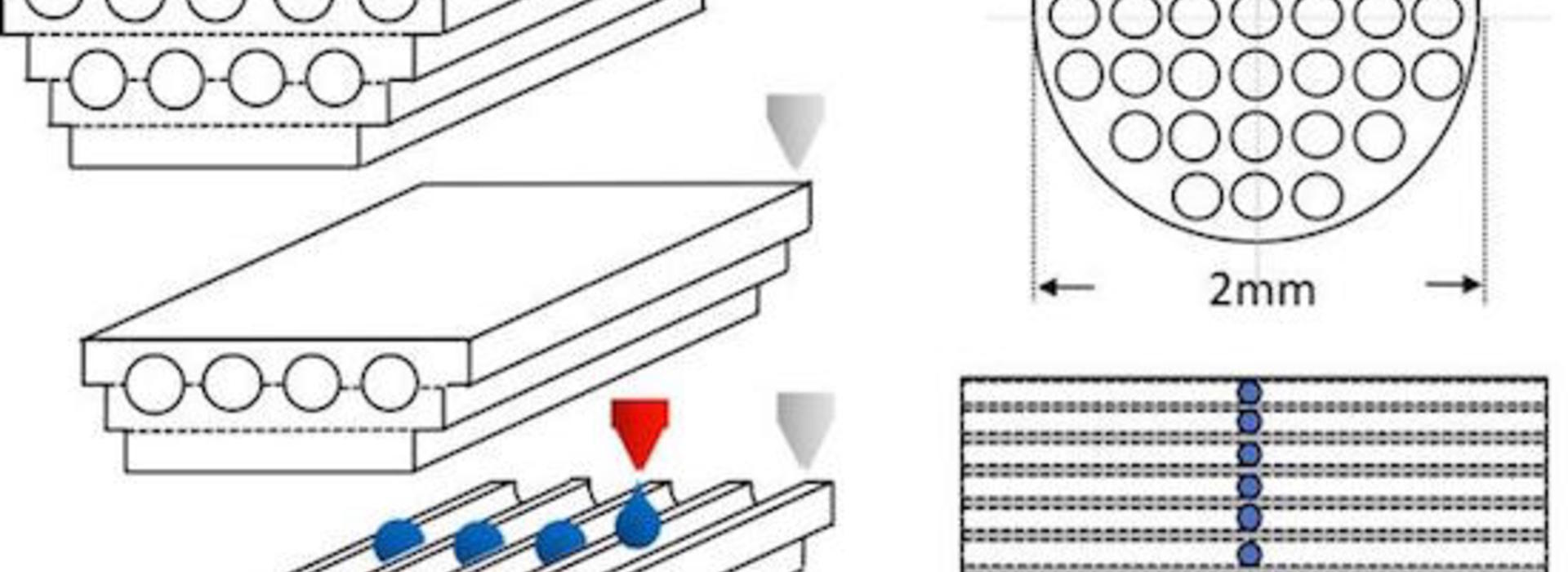
UMN Doctor Researches New Way to Treat Spinal Cord Injuries
In today’s medical technology world, there are no effective therapies for spinal cord injuries (SCIs).
Motor vehicle accidents, sports injuries, and work related accidents are the most common causes of traumatic SCI. When this injury is severe, it can affect almost all aspects of life causing permanent loss of strength, sensation and other functions below the site of injury.
Currently, SCIs are treated by stabilizing the spine to prevent further injury and decompressing it to take any pressure off of the cord. However, there is nothing doctors can do to help the damage that has already been done.
Ann Parr, M.D., Ph.D., an assistant professor in the Department of Neurosurgery at the Medical School, is working with Michael McAlpine, Ph.D., and being assisted by James Dutton, Ph.D. at the Stem Cell Institute, to lead a new research project using 3D printing to create a scaffold, which can then be used to treat spinal cord injuries.
This 3D-printed scaffold could help succeed in repairing SCIs by providing a framework to grow cells on. Potentially, it could be implanted into a spinal cord injury to allow regeneration of the injured cord.
Step one of the larger project plan is showing proof of concept.
“We need to demonstrate that we can make the scaffold, that we can grow live cells in it, and that we could add growth factors to it if necessary,” said Parr. “In the future, we could implant it into an animal model to see what happens, and that would be the next stage of our project.”
By the end of the research plan, Parr aims to create a “spinal cord on a chip” that will serve as an in vitro model for spinal cord injury. This technology not only has the potential to be employed as a clinical implant to treat patients with chronic SCIs, but may also be applicable for other areas of regenerative medicine.
Parr is optimistic that advances in her research will lead to a future where this scaffolding technology is a permanent solution to spinal cord injuries.
“Our long term goal is to provide an effective therapy for spinal cord injury.” said Parr. “We hope to demonstrate that we can make this cellular scaffold in a dish by using the novel technique of 3D printing.”